Small-space design mistakes that are easy to make, and how to fix them.
Positioning furniture against walls
“When laying out any small space it is imperative to avoid the mistake of pushing your furniture up against walls. Often it may feel custom to have your furniture against your walls to create a more open, larger space. However, having your furniture pulled away from your walls allows better quality flow, separation of rooms, the illusion of floating furniture and makes the space feel larger due to the purposely unused space between your furniture and walls.” – Leanne Van Niekerk, interior designer and owner of LVN Interiors
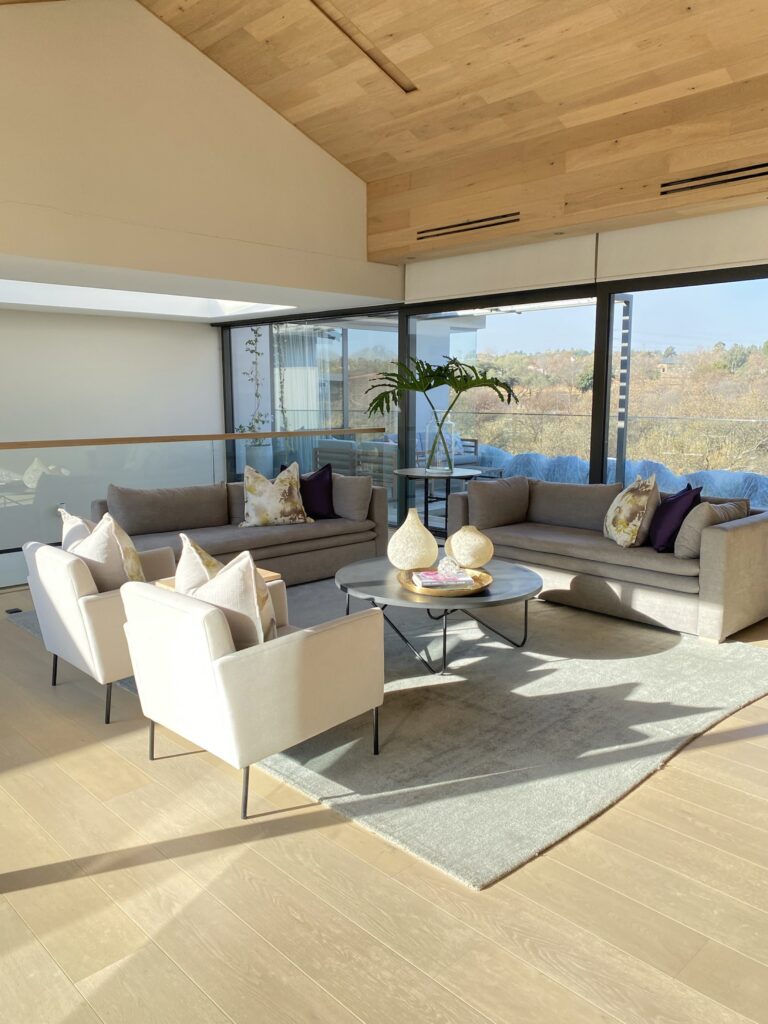
Not making use of reflective materials
“Avoid the mistake of not using reflective materials in small spaces. Using oversized mirrors is vital for the impression of a larger space, and allows for more natural light in a space due to light reflecting off the mirror. Applying reflective materials and finishes in and around your small spaces such as shiny tiles and glossy paints mimics a mirror’s abilities to be reflective and allows for a brighter and lighter space.” – Leanne Van Niekerk, interior designer and owner of LVN Interiors
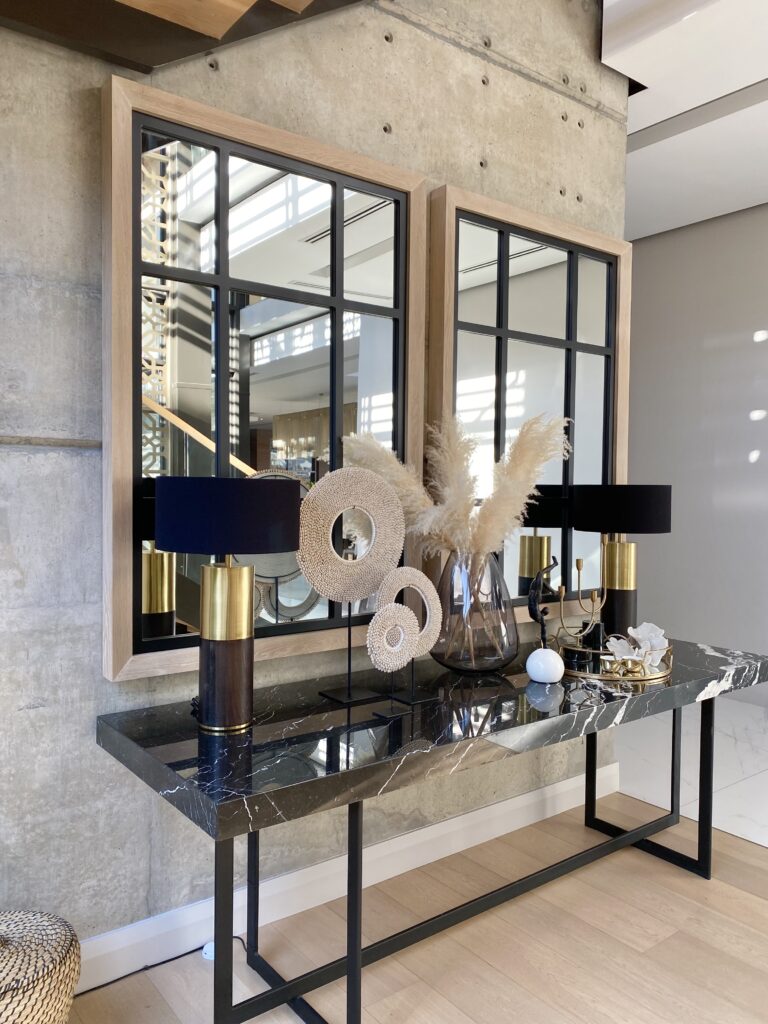
Art placement
“The placement and size of artwork is easy to get wrong especially in a small space. If the artwork is too small it can make the room out of proportion. If you have selected an artwork that is too small, consider adding a series of matching artworks that read as one.” – Kirsty Langley, director at Design Hatch
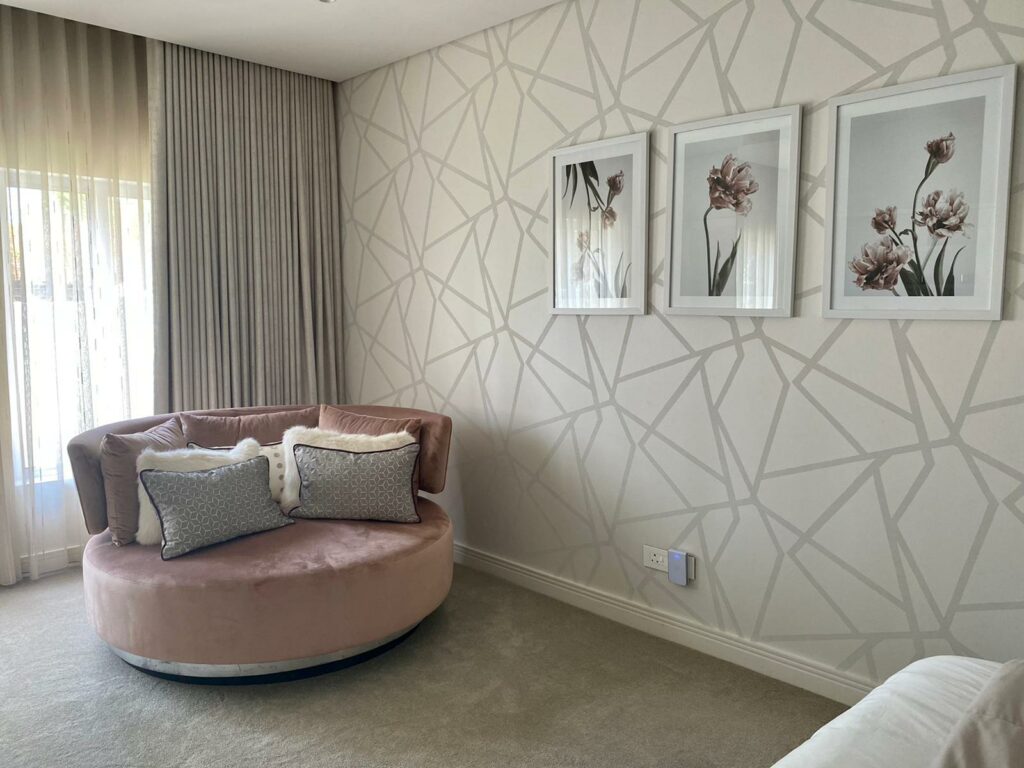
Insufficient storage
“Storage in a small space can often be forgotten especially when trying not to clutter a space. Consider using floating storage to allow the floor area to remain ‘clean’ and appear bigger since there is nothing cluttering the floor. This bathroom is a great solution for extra storage without making the space feel any smaller.” – Kirsty Langley, director at Design Hatch
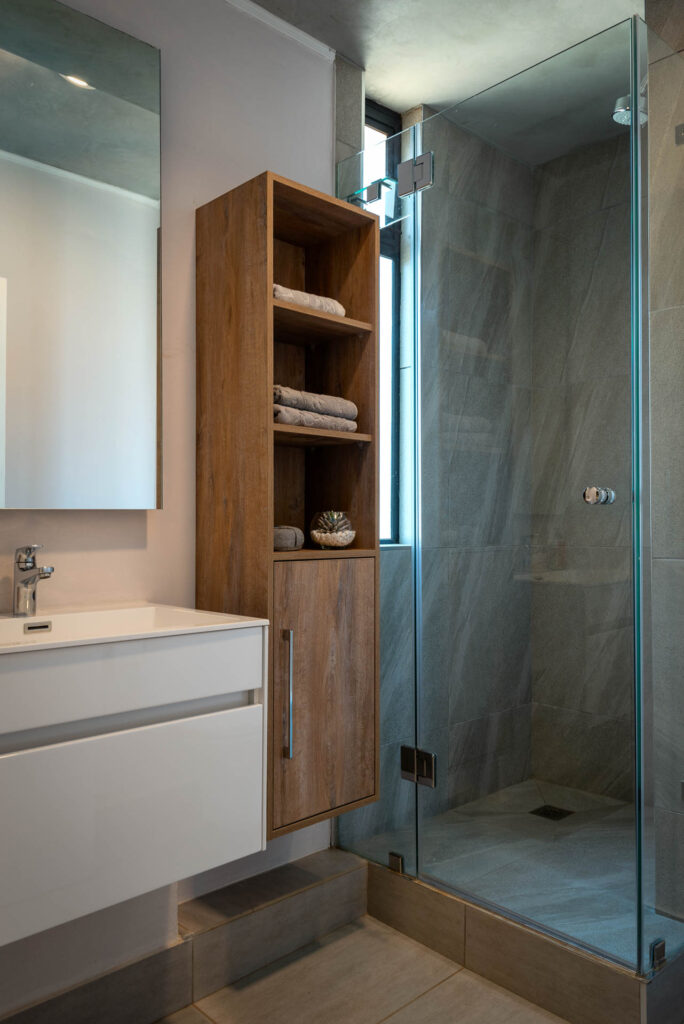
Too much furniture
“The key to minimising the number of pieces in a small space is to create multifunctional spaces by pairing up items of furniture for multiple use. Ideas include using a bedroom side table to pair as both a pedestal, desk and dressing table. The design of the piece is critical in achieving multifunctional use taking dimensions, space and style into account.” – Tessa Stonefield, founder and creative director of Tessa Kim Designs
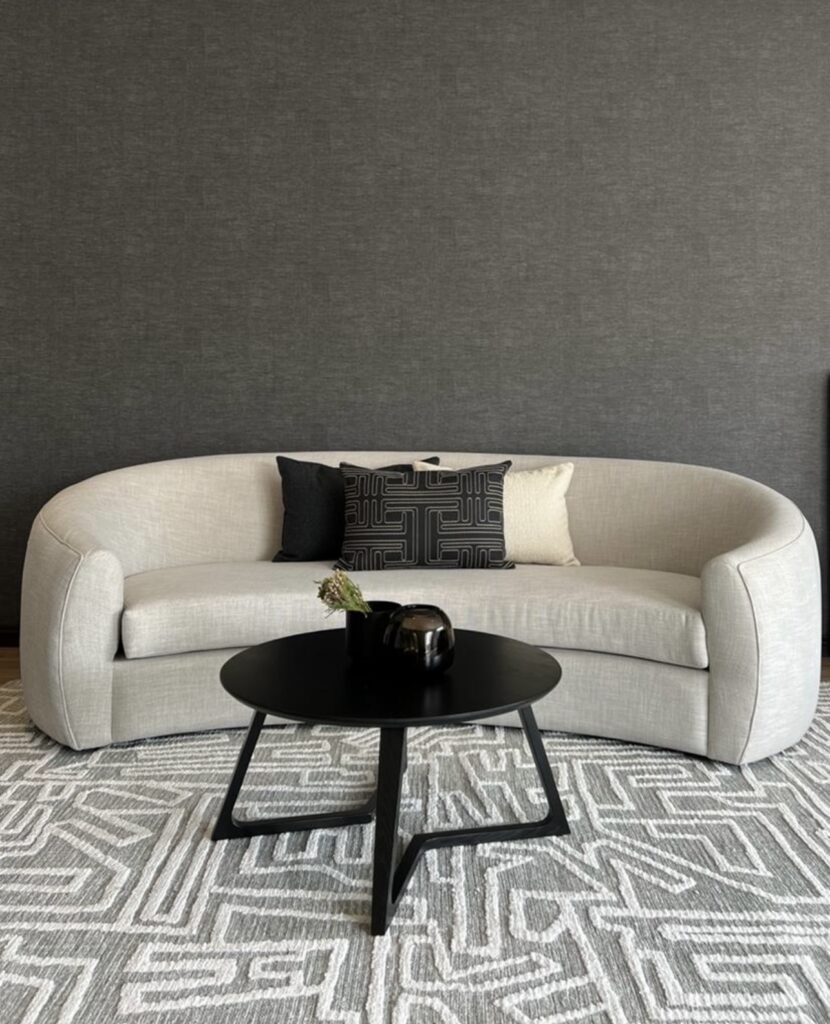
Using small pieces
“It may seem illogical, but using small pieces in a small space can actually make the room feel cramped. Large anchor pieces that are positioned in a way to not disrupt the flow of traffic can make a room feel more spacious and roomy. Over-scale furnishings, art or fixtures can create the illusion of a full-size space. Make sure to avoid cluttering the space with too many small items and keep your floors and horizontal areas as streamlined as possible. This allows all the pieces to have breathing room.” – Loredana Morton, interior designer and owner of Loredana Morton Interiors
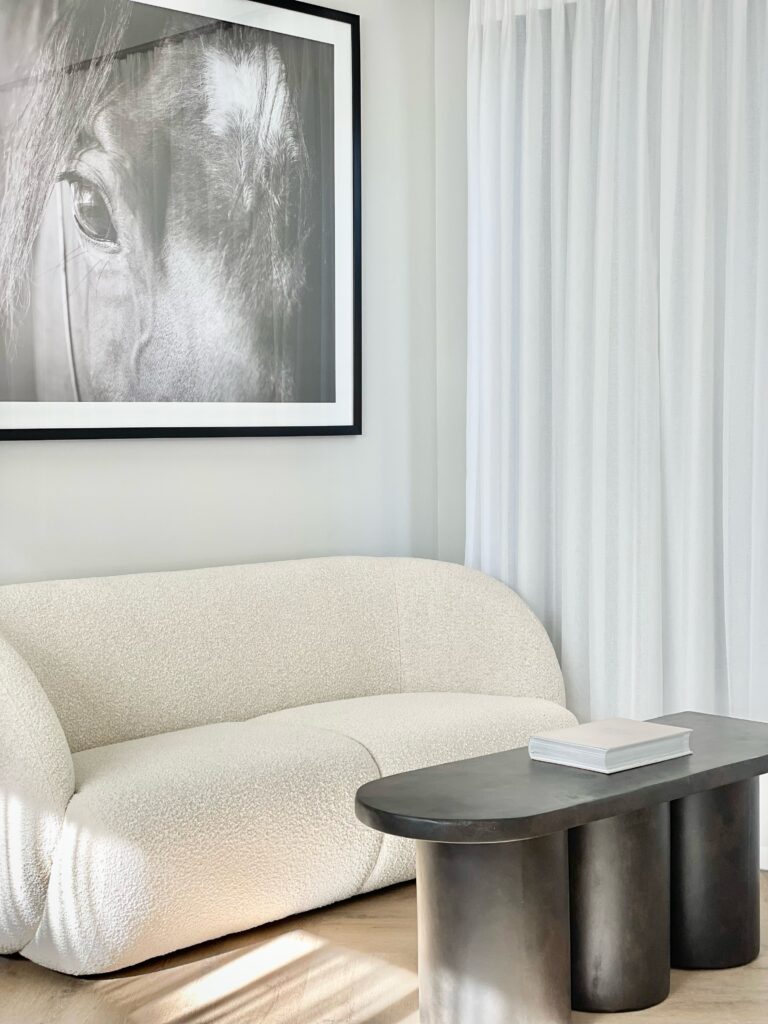
Not using mirrors
“People often overlook the power of adding mirrors to a small space. Mirrors add perspective to a room by making it look wider and deeper. They also reflect light from windows and lamps which help to brighten small dark spaces. Oversized is also always better, so swop out your artwork for a floor standing mirror instead.” – Loredana Morton, interior designer and owner of Loredana Morton Interiors
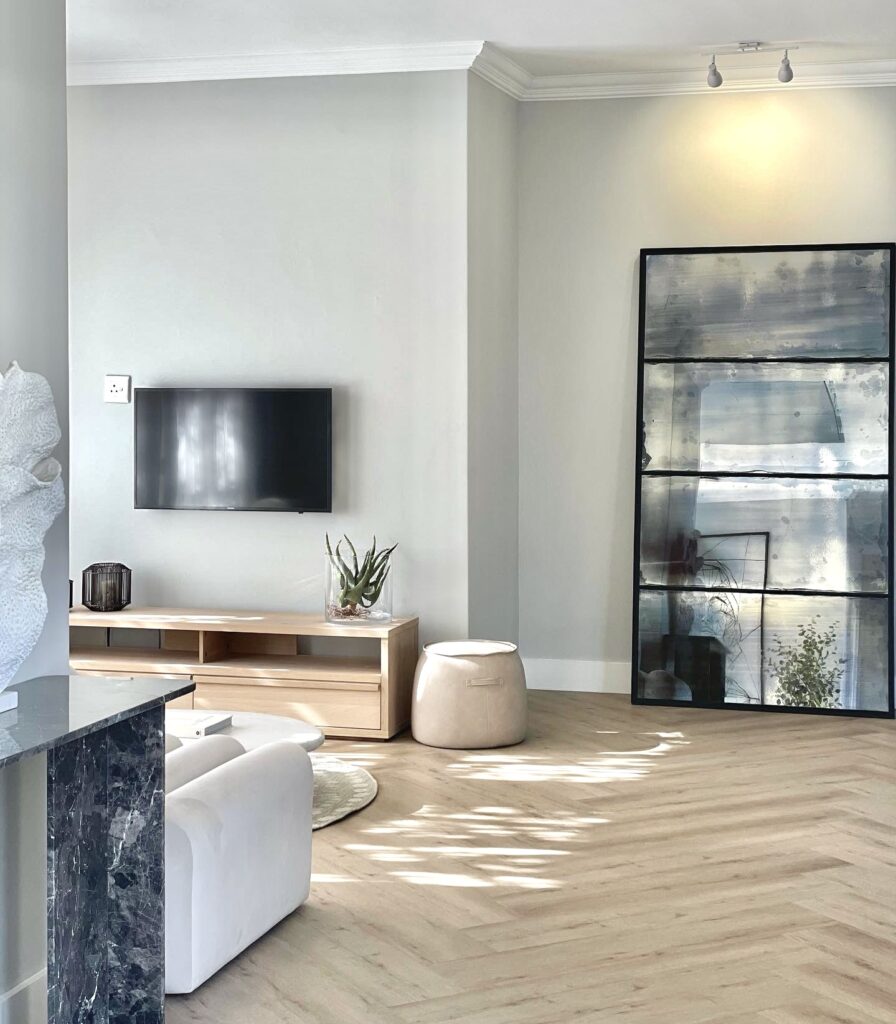


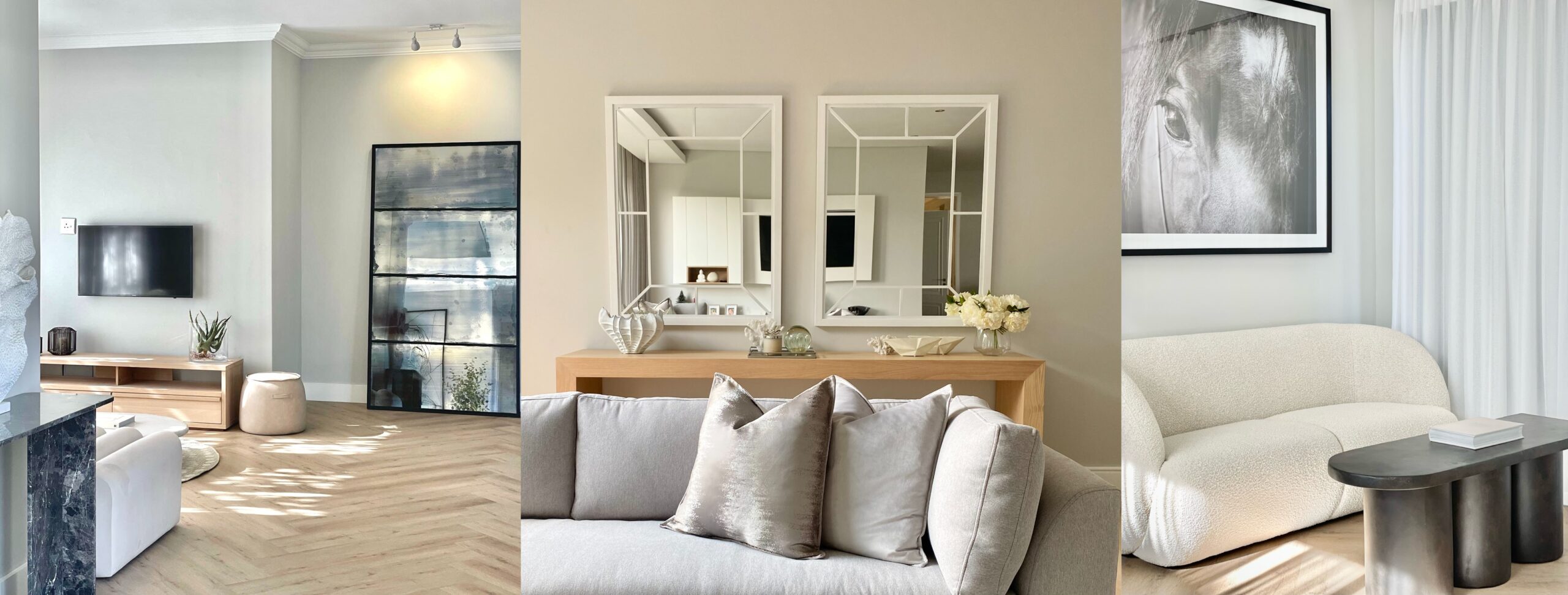







Leave a Comment